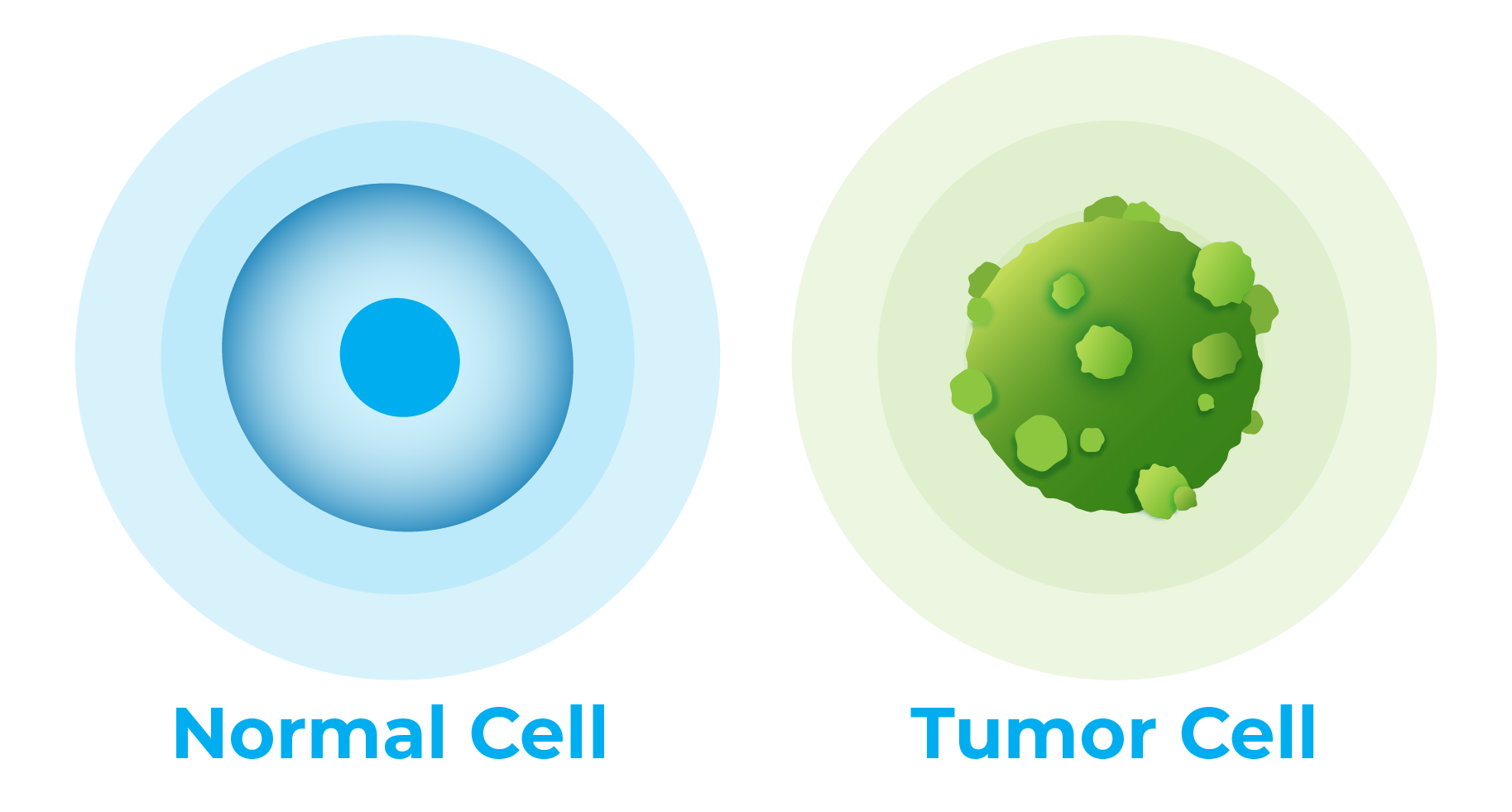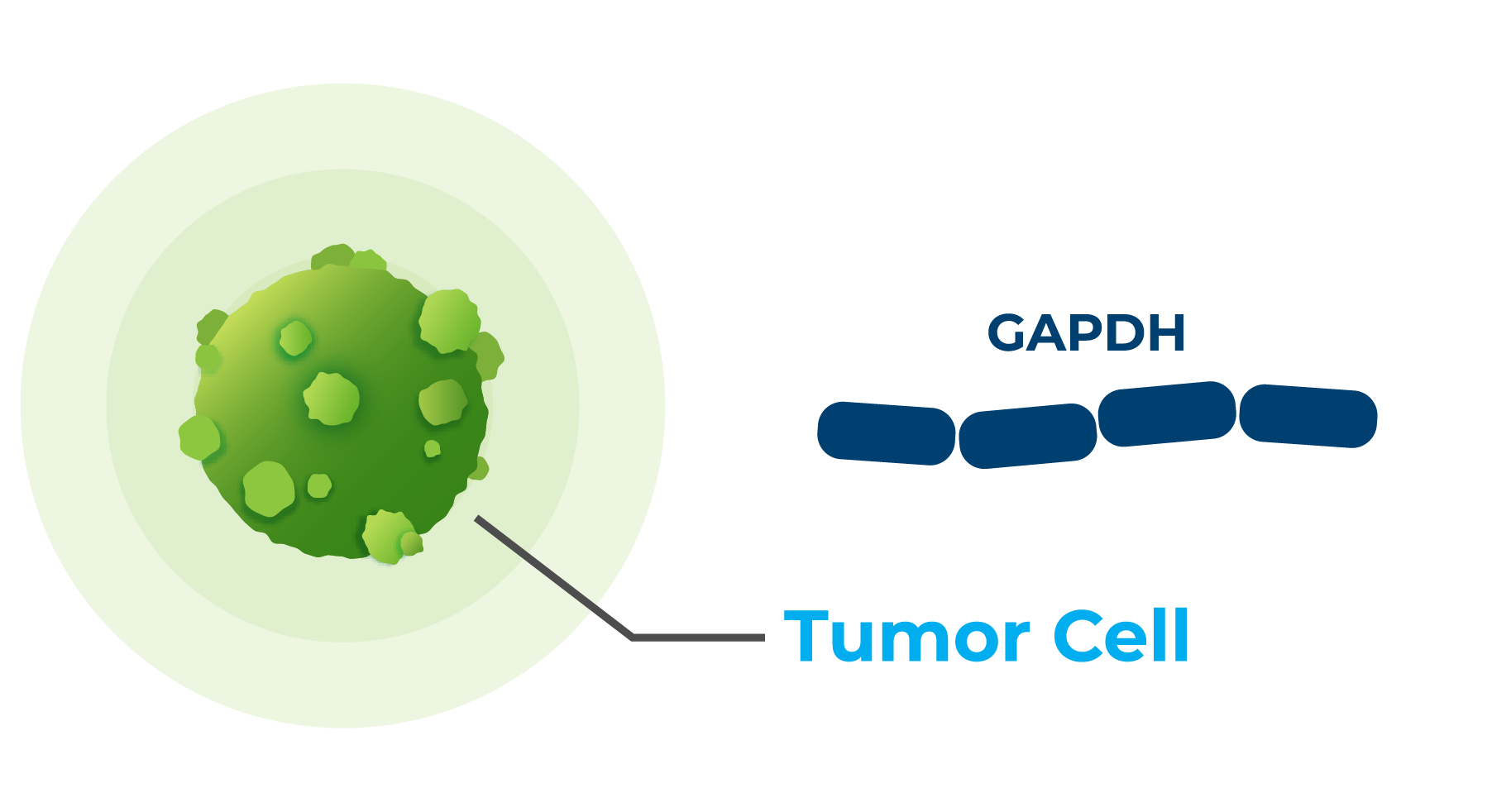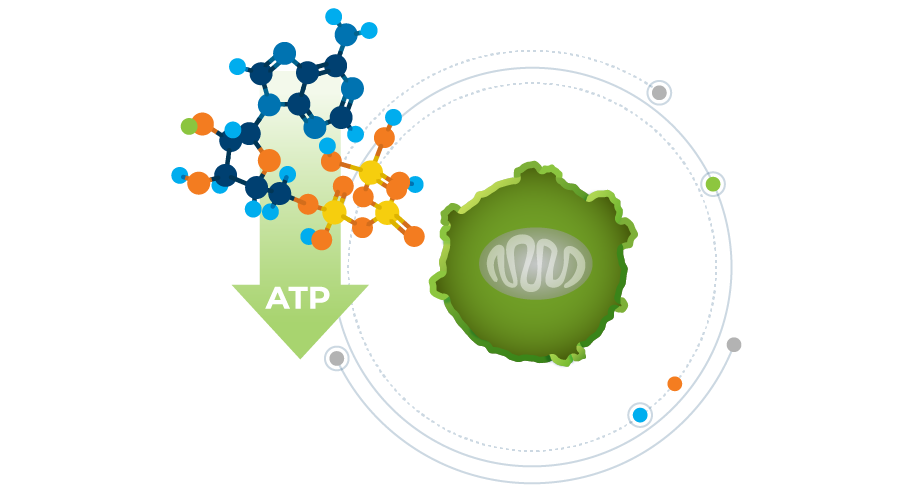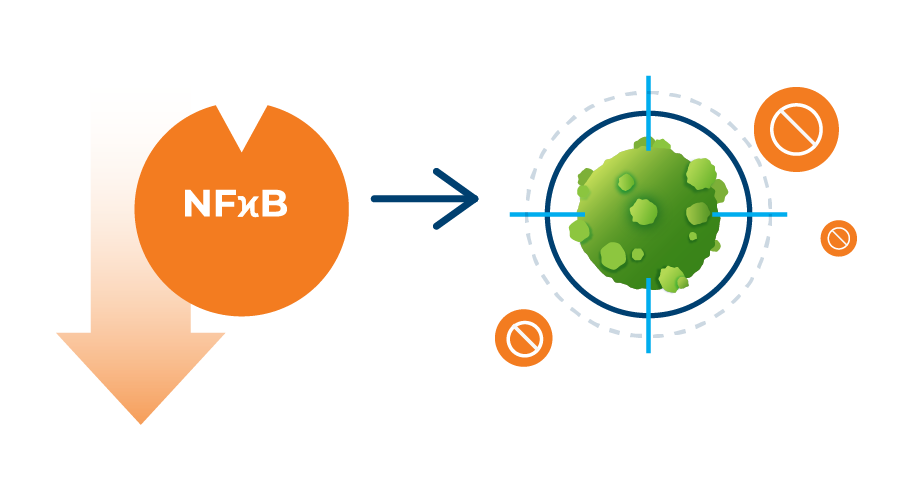About GP-2250
GP-2250 is a highly selective yet broadly active cancer therapeutic with a unique mechanism of action that suppresses cancer by disrupting its energy metabolism, leading to cancer cell death through a number of validated mechanisms. It also impacts nuclear factor-κB (“NFκB”) which effects cancer cells’ ability for protein synthesis and DNA transcription thereby restricting cancer cell growth and proliferation.

Differentiators
What Sets GP-2250 Apart?
Broad oncology applications.
GP-2250 is a tumor-type agnostic agent that delivers broad utility across cancer etiologies.
Cancer cell selective.
Because it targets the energy metabolism of cancer cells specifically, GP-2250 is highly tumor cell selective.
Robust data.
Early Phase 1 clinical data are encouraging and demonstrated excellent safety in extensive preclinical studies and the on-going clinical trial continues to show that GP-2250 has a very safe and tolerable profile.
Synergistic activity.
GP-2250 has demonstrated powerful synergies with many commonly utilized anti-cancer agents.
Truly unique MOA.
GP-2250 leverages a unique and proprietary mechanism of action.
Interested in learning more?
Mechanism of Action
Novel, proprietary, transformative.
GP-2250 is a tumor cell selective and broadly active small molecule with a unique dual mechanism of action of selectively disrupting the energy metabolism of cancer cells leading to cancer cell death as well as impacting nuclear factor-κB (“NFκB”) which effects cancer cells’ ability for protein synthesis and DNA transcription thereby restricting cancer cell growth and proliferation.
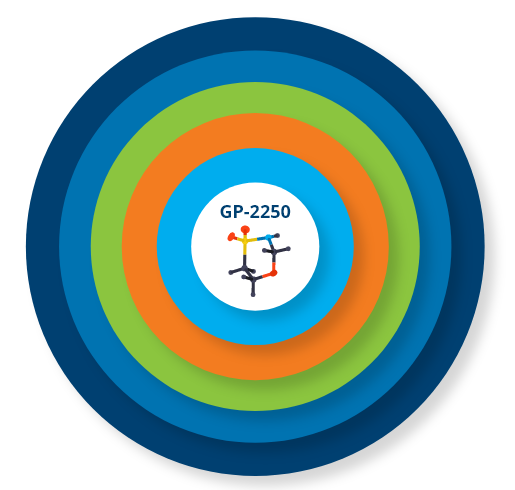
Intellectual Property
Robust, multi-layered protection. Portfolio of 100+ issued patents.
- Composition of Matter (NCE & Formulations) Granted US & EU (2038 including patent extensions)
- Manufacturing Process (2035-2036)
- Method of Treatment (2037 – 2043)
- Mechanism of Action (2040)
- Additional Compounds (up to 2042)
Pipeline
Broad applicability, intentional focus.
While GP-2250 has demonstrated broad utility across a number of indications and therapeutic uses in preclinical and Phase 1 clinical studies, including where inflammatory cytokine suppression could be of therapeutic value, we have chosen to focus on the treatment of pancreatic and ovarian cancers as our initial indications, two conditions with a clear unmet need. Early clinical experience is promising.
